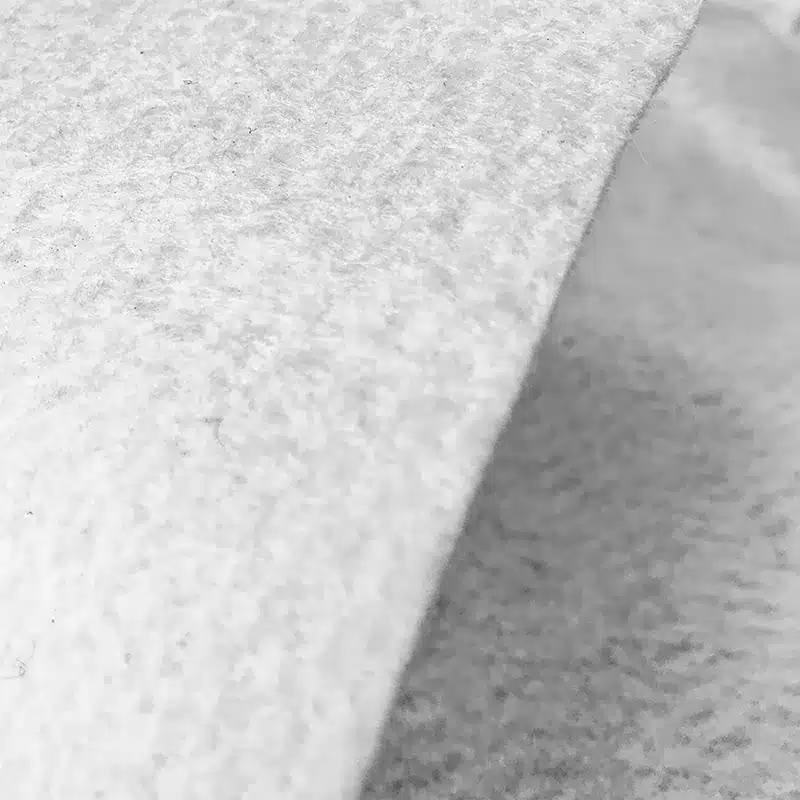+86-159 9860 6917
info@geofantex.com
geofantex@gmail.com
+86-400-8266163-44899
Geotextile fabrics are rapidly transforming landscaping practices around the globe. As an integral component of the “material landscape,” these fabrics offer solutions for soil stabilization, weed suppression, and moisture management. This popular science article explores how geotextile is used in landscaping, answers key questions about its application, and highlights its benefits and effectiveness.
Can you use geotextile fabric for landscaping? How does it help?
Absolutely! Geotextile fabric is an excellent choice for landscaping because it provides multiple benefits:
- Soil stabilization: Reinforces soil to prevent erosion, especially on slopes and high-traffic areas.
- Drainage improvement: Allows water to pass through while keeping soil in place, supporting healthy plant growth.
- Weed control: Acts as a barrier between soil and mulch or gravel, reducing weed growth without harming plants.
- Durability: Strong enough for both small residential gardens and large public spaces, ensuring long-term performance.
- Low maintenance: Helps reduce the need for frequent landscaping upkeep, saving time and resources.
What is the use of geotextile fabric in the landscape?
Geotextile fabric serves multiple purposes in landscaping. Primarily, it is used to stabilize soil and prevent erosion, especially in areas susceptible to washouts like slopes. It also plays a crucial role in weed control, blocking sunlight from reaching the soil surface while allowing air and moisture to pass through. Additionally, geotextile can be used beneath pathways and driveways to separate layers of aggregate and soil, providing stability and longevity to the landscape structures. Specifically, it helps to separate sand, gravel, and soil, preventing them from mixing, which further enhances the structural integrity of these areas.
What type of landscape fabric is best?
The best type of landscape fabric depends on the specific needs of the project. Non-woven geotextile fabric is excellent for drainage and filtration projects, such as beneath rock beds or in a French drain, because of its ability to permit water flow while filtering out sediments. On the other hand, woven geotextile fabric, with its high tensile strength, is more suitable for stabilization and reinforcement projects as it can support heavier loads.
Does geotextile fabric let water through?
Yes, one of the major benefits of geotextile fabric is its permeability. Geotextiles are used to let water through, which is particularly evident with non-woven geotextile fabrics. These are designed to allow water to pass through while preventing soil erosion and capturing sediment. This characteristic is crucial for maintaining proper moisture levels in landscaped areas and for effective drainage systems, helping to protect structural integrity and plant health.
Geotextile fabric is a versatile and essential component of the modern material landscape. Its ability to perform a variety of functions—from enhancing soil stability and promoting drainage to suppressing weeds—makes it an invaluable tool in both amateur and professional landscaping. Whether you’re looking to reinforce a high-traffic pathway or protect a new flower bed, geotextile fabric provides a reliable and effective solution that ensures the longevity and beauty of your outdoor spaces.



Get Free Sample
We’ll respond as soon as possible(within 12 hours)






















